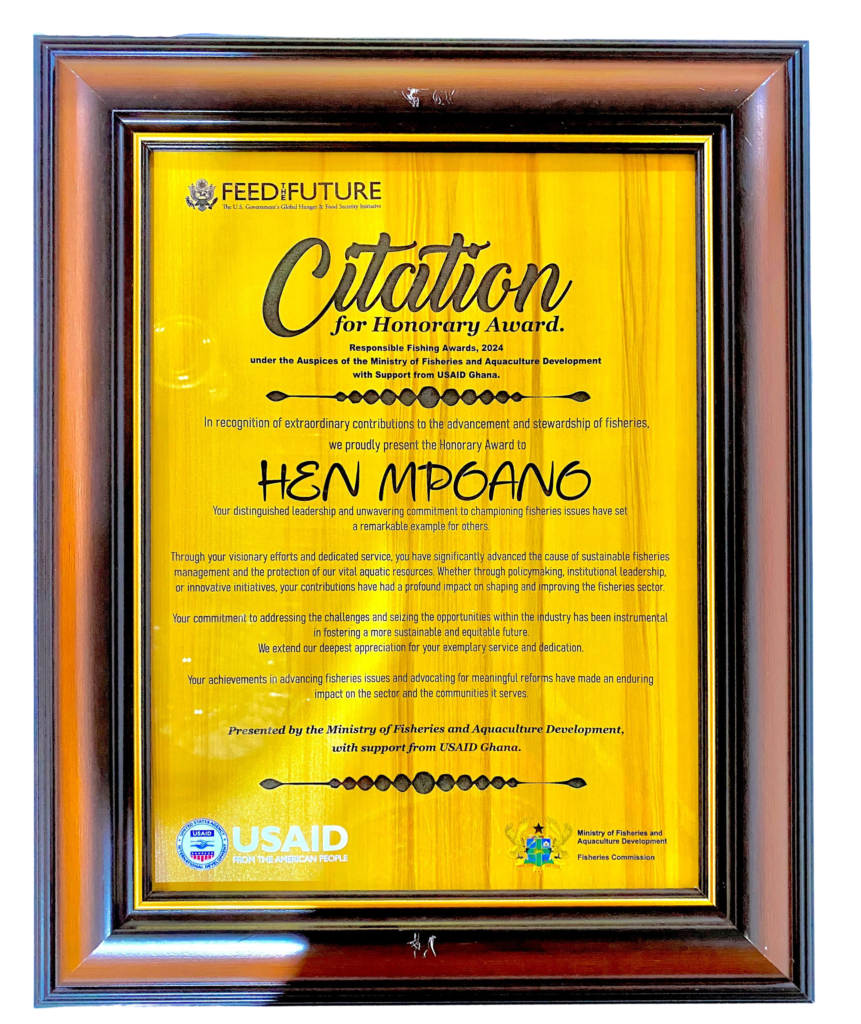[et_pb_section fb_built=”1″ _builder_version=”4.4.7″ custom_padding=”15px|||||” hover_enabled=”0″ link_option_url_new_window=”on”][et_pb_row _builder_version=”4.4.7″ background_size=”initial” background_position=”top_left” background_repeat=”repeat” link_option_url_new_window=”on” hover_enabled=”0″][et_pb_column type=”4_4″ _builder_version=”3.25″ custom_padding=”|||” custom_padding__hover=”|||”][et_pb_text _builder_version=”4.4.7″ background_size=”initial” background_position=”top_left” background_repeat=”repeat” hover_enabled=”0″ link_option_url_new_window=”on”]
The Cape Three Points Forest Reserve (CTPFR) is located in the Ahanta West Municipal of the Western Region. It is the only coastal forest in Ghana and among the few remaining coastal rainforest reserves in West Africa. Since 1999 the forest has been recognized as a Globally Significant Biodiversity Area (GSBA) and an Important Bird Area (IBA) because of its exceptionally high level of biological diversity. Floristically, the Cape Three Points forest reserve is the second most diverse reserve in Ghana.
Despite this high biological diversity, the ecological integrity of the reserve, including the forest quality and extent is increasingly threatened by human activities. Farming along the fringes of the forest is reducing the size of the forest buffer. A recent Land use and land cover assessment of the landscape indicates that land use conversion from forestry to perennial tree crops is accelerating deforestation and degradation of the peripheral areas of CTPFR resulting in replacement of natural forests by monoculture stands, primarily of rubber and oil palm.

Land Use Land Cover Analysis of Cape Three Points
In an attempt to reverse this trend, Hen Mpoano has raised 5,776 seedlings of native tree species in their nursery in Adalazo, one of the communities fringing the Cape Three Points Forest reserve with funding from Critical Ecosystem Partnership Fund through the BirdLife International Regional Implementation Team.The seedlings were mobilized from 2 different sources. With the help of the Community Resource Management Areas (CREMA) members, Hen Mpoano raised a total of 806 seedlings at the nursery. The project also received over 5000 seedlings from a sister NGO- Goshen Global Vision (GGV).
CREMA members have started planting in critical ecological sites which were identified and mapped out through a spatial assessment of existing satellite images and drone images. This reforestation exercise is aimed at restoring the ecological integrity of the Cape Three Points forest landscape by re-establishing the connection which existed between the forest reserve and the adjoining coastal wetlands.
[/et_pb_text][/et_pb_column][/et_pb_row][/et_pb_section]



